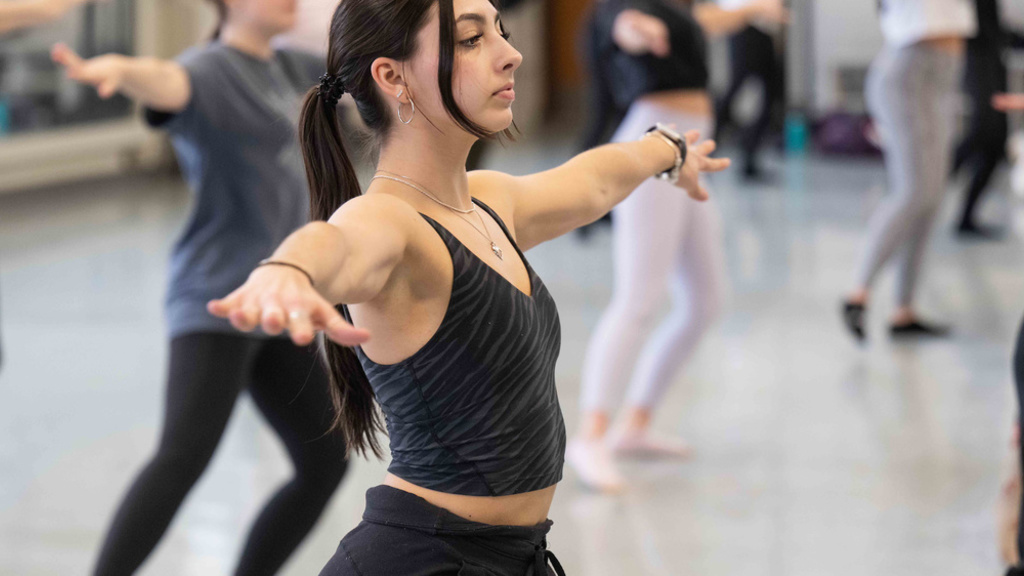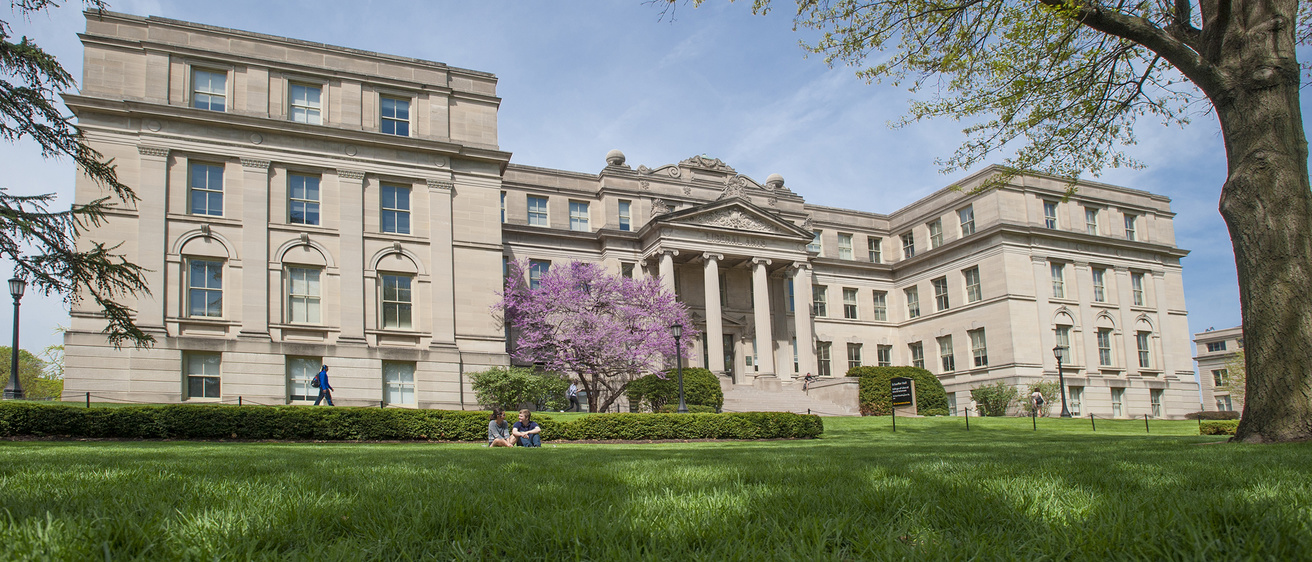Main navigation
The College of Liberal Arts and Sciences occupies more than 30 buildings and over one million square feet of space, with education and research spanning the University of Iowa campus.
Schaeffer Hall (SH)
Located in the heart of Iowa's scenic campus on the central Pentacrest, historic Schaeffer Hall is home to the college administration as well as several CLAS departments.
Address:
20 East Washington Street
Iowa City, IA 52240
For more information about the building including artwork, lactation rooms, and restrooms, visit the University of Iowa Facilities website.
Notable newer facilities in the college
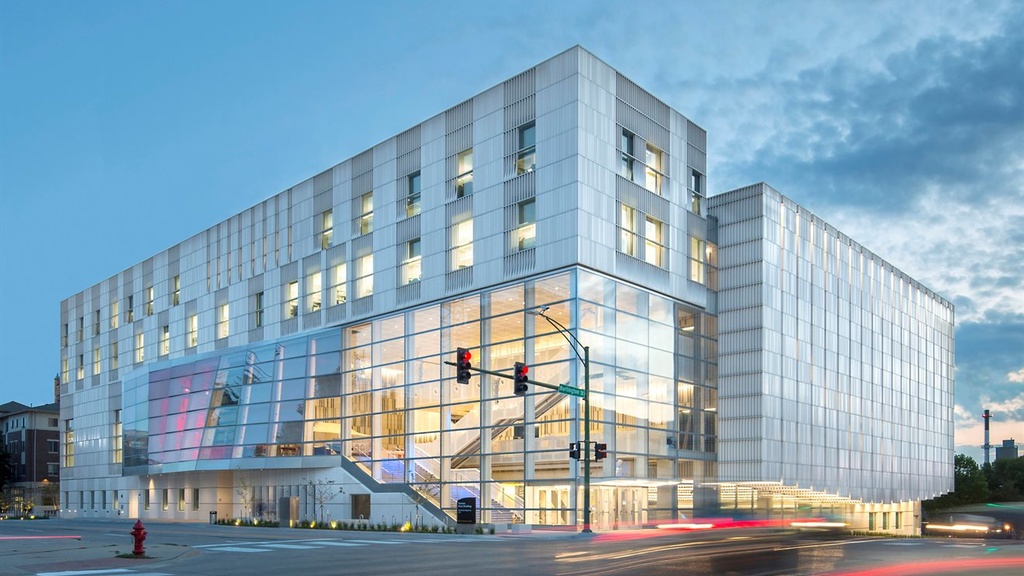
Voxman Music Building
At 89,000 square feet, the Voxman Music Building features classrooms, teaching studios, a library, rehearsal spaces, a rooftop terrace, a 200-seat recital hall, and a 700-seat recital hall that features a Klais pipe organ.

Psychological and Brain Sciences Building
At 66,470 square feet, the Psychological and Brain Sciences Building is home to state-of-the-art research labs, classrooms, and student gathering spaces.
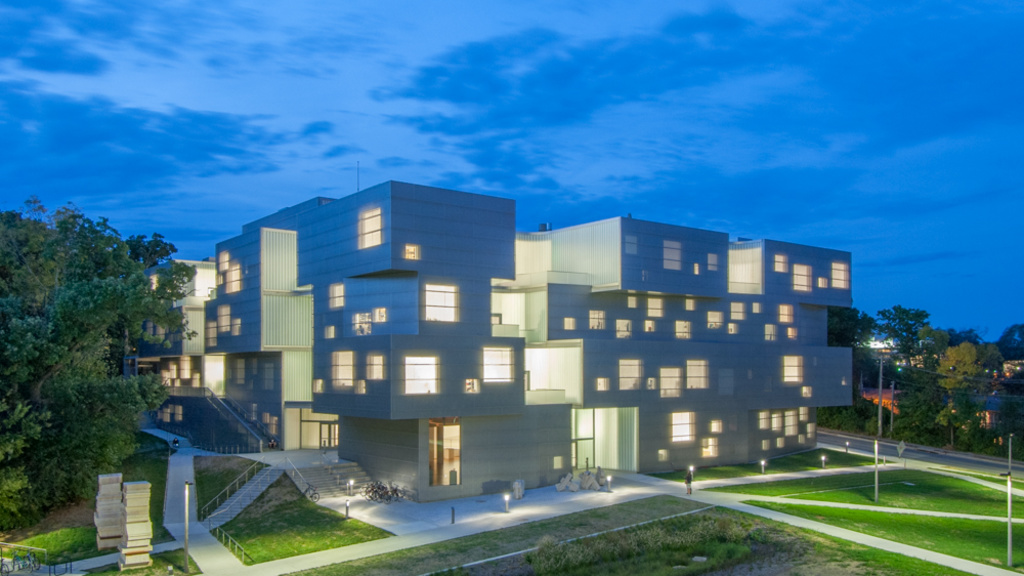
Visual Arts Building
At 126,000 square feet, the Visual Arts Building encompasses five galleries, a 70-seat auditorium, and natural light throughout this architecturally striking building.
Nonfiction Writing House
At 4,800 square feet, the Nonfiction Writing House is a two-story facility on the corner of North Clinton and Church streets across from Dey House, home of the Writers’ Workshop.
Major facilities projects planned or underway
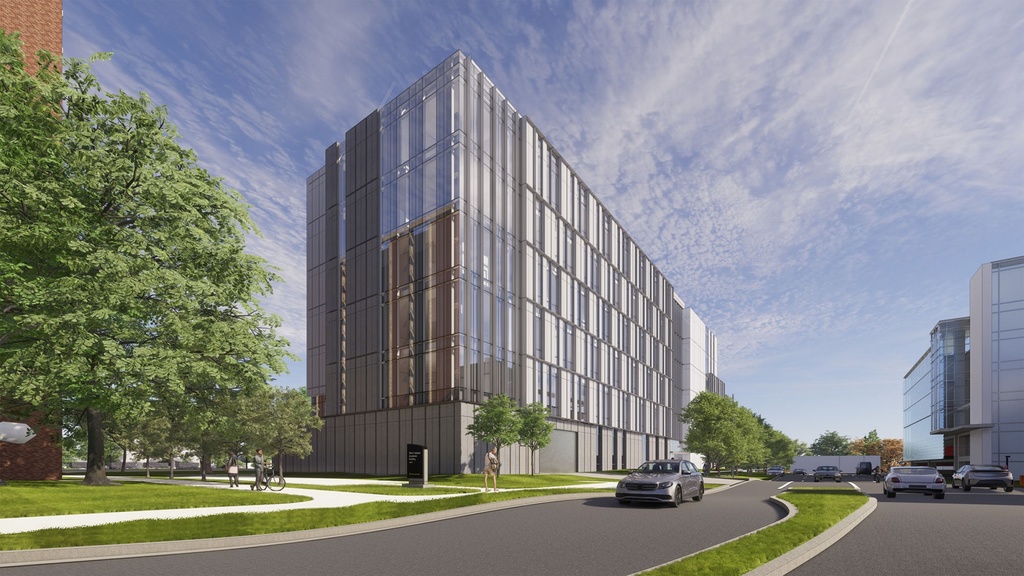
Health Sciences Academic Building
- $250 million facility currently under construction
- Will house the departments of Health and Human Physiology and Communication Sciences and Disorders, along with Carver College of Medicine’s Physical Therapy and Rehabilitation Science department.
- Expected to complete in 2025
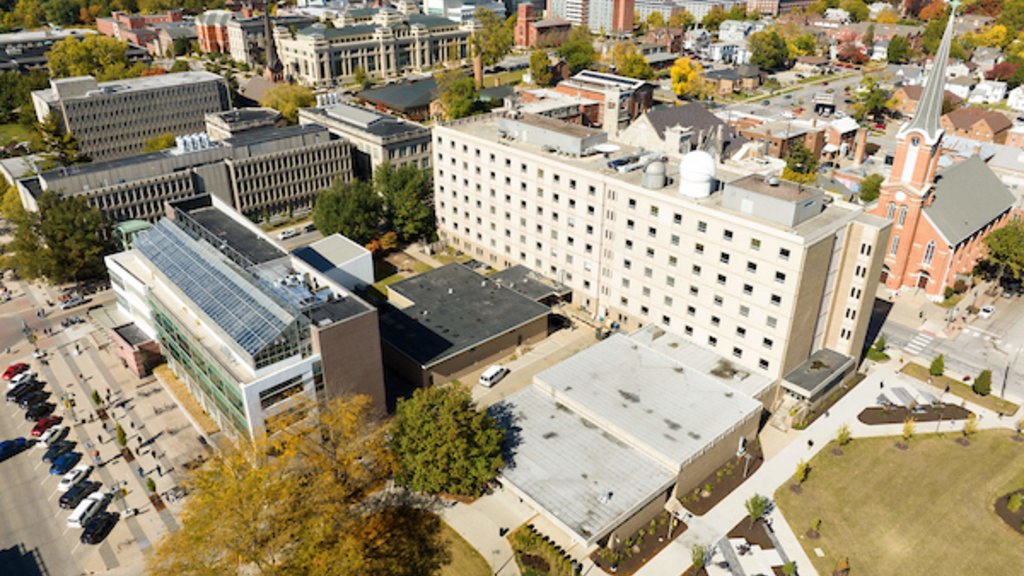
Van Allen 7th floor renovation
- Home to the Department of Physics and Astronomy
- $7 million renovation to the seventh floor will house the space physics program
- Expected to complete in fall 2024
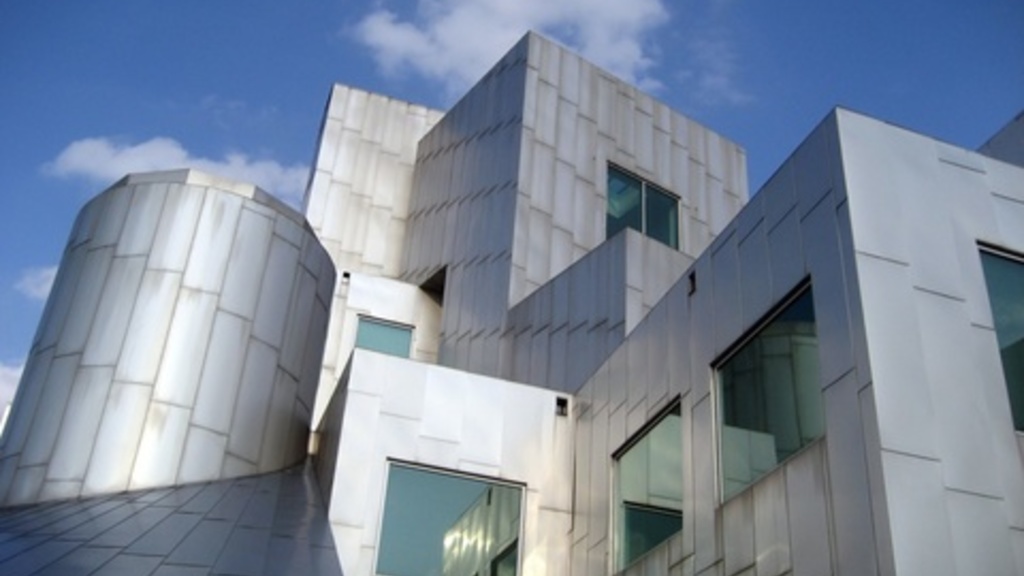
Iowa Advanced Technologies Laboratory renovation
- $20-$25 million renovation of to house the Department of Computer Science
- Building originally designed by the late renowned architect Frank Gehry

Performing Arts Annex
- Estimated $12 million renovation to house the Department of Dance
- Formerly home of the Museum of Art
- Will provide modern spaces and encourage collaboration with other performing and visual arts programs
Facilities news and updates

Latest updates to CLAS facilities bring fresh look as 2025-26 academic year begins

Facilities upgrades to CLAS research spaces will spur discovery, creative activity
